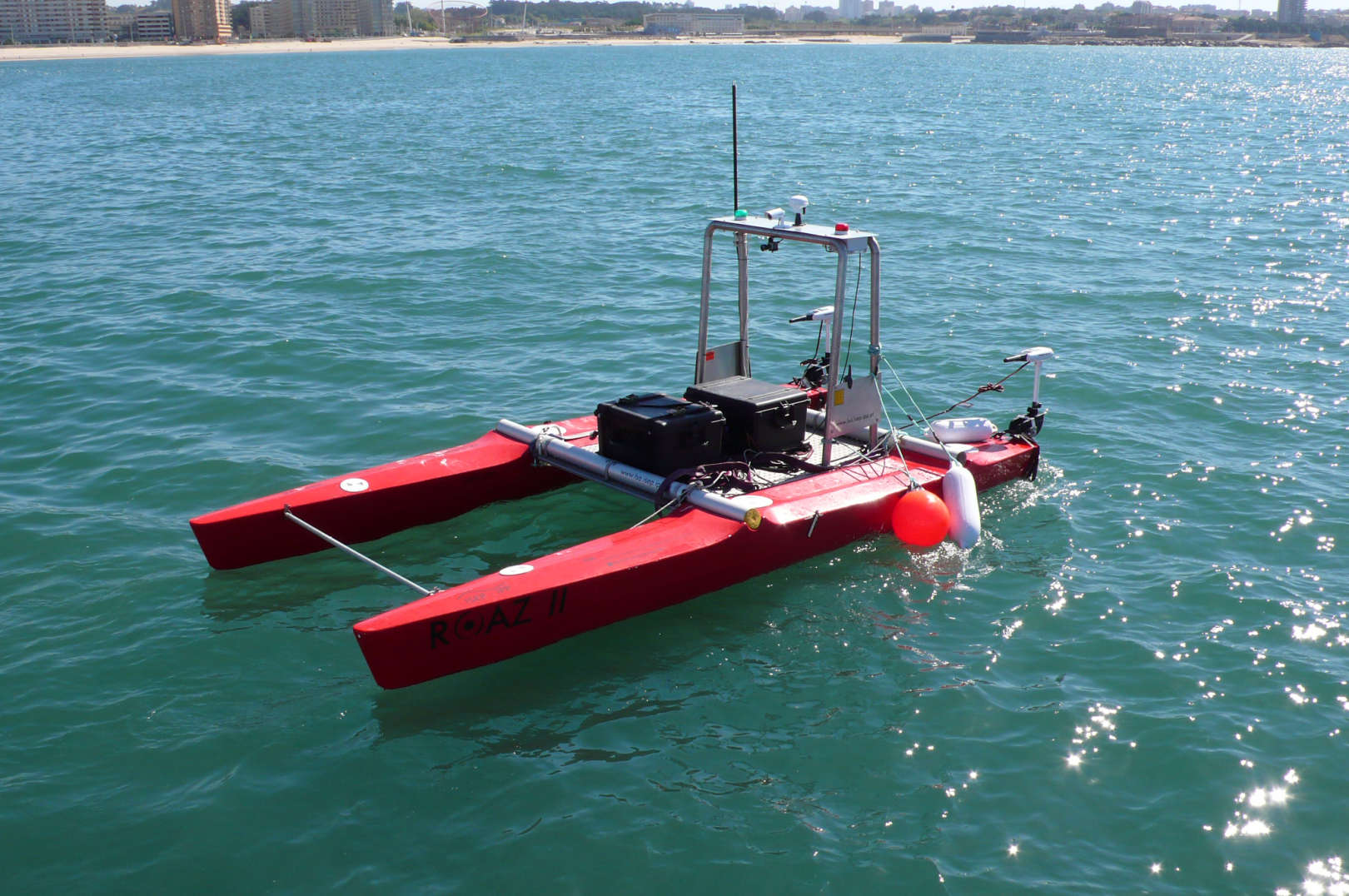INESC TEC researchers simulate catastrophes in Europe
A team of researchers from INESC TEC have tested the intelligence and the autonomy of their robots in catastrophe simulation scenarios. The group represented Portugal in the euRathlon, the largest robotics competition in Europe, which took place between 17 and 25 September in Piombino (Livorno, Italy).
07th October 2015
The goal was for the participating teams to test their robots in simulation scenarios requiring an urgent response, such as, for example, in the event of natural disasters. This was the first time that land, water and sea robots cooperated to find solutions for scenarios inspired by the 2011 Fukushima (Japan) accident.
A total of 18 teams from 21 countries competed in the euRathlon, in a total of 150 participants that presented 40 robots.
“We were invited to participate in this competition with aquatic robots developed as part of European project ICARUS. Our robots support search and rescue operations in the event of great disasters”, explains Aníbal Matos, a researcher at INESC TEC and professor at the Faculty of Engineering of the University of Porto (FEUP) who participated in the euRathlon.
The team led by the scientist was the only Portuguese team in the competition.
ICARUS (Integrated Components for Assisted Rescue and Unmanned Search Operations) is a European project that brings together 24 partners from nine countries – Portugal, Spain, France, Germany, Belgium, Switzerland, Italy, Austria, and Poland –, with a total budget of 17 million euros. The project started in February 2012 and will be concluded in January 2016.
The goal with this project is to develop robotic tools that will help search and rescue teams both on land and at sea. These robots are innovative because they can be used in crisis scenarios, such as in natural disasters.
“Let us imagine that a passenger ship runs aground or sinks at sea, but the weather conditions do not allow search and rescue teams to rescue the teams safely – a solution would be using autonomous robots to support these teams in disaster situations”, concludes Aníbal Matos.
The INESC TEC researcher mentioned in this article is associated with the following partner institution: UP-FEUP.
INESC TEC, September 2015


